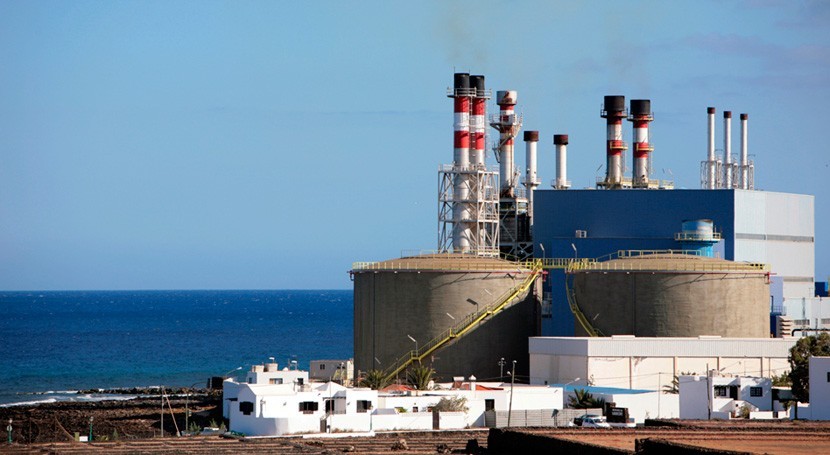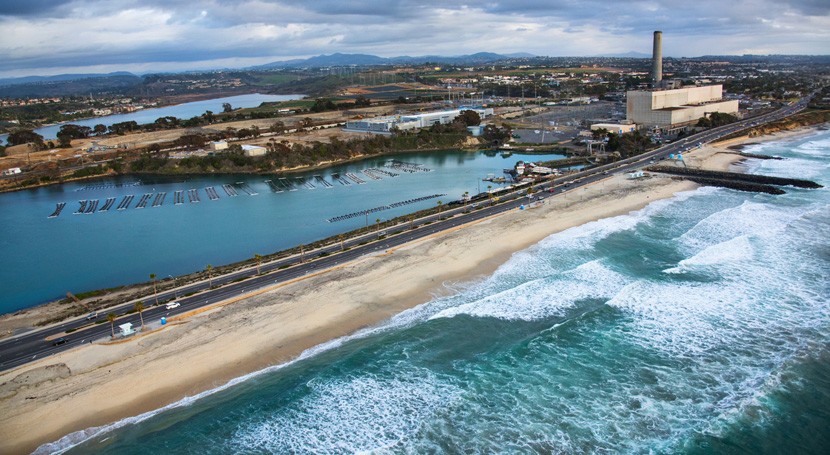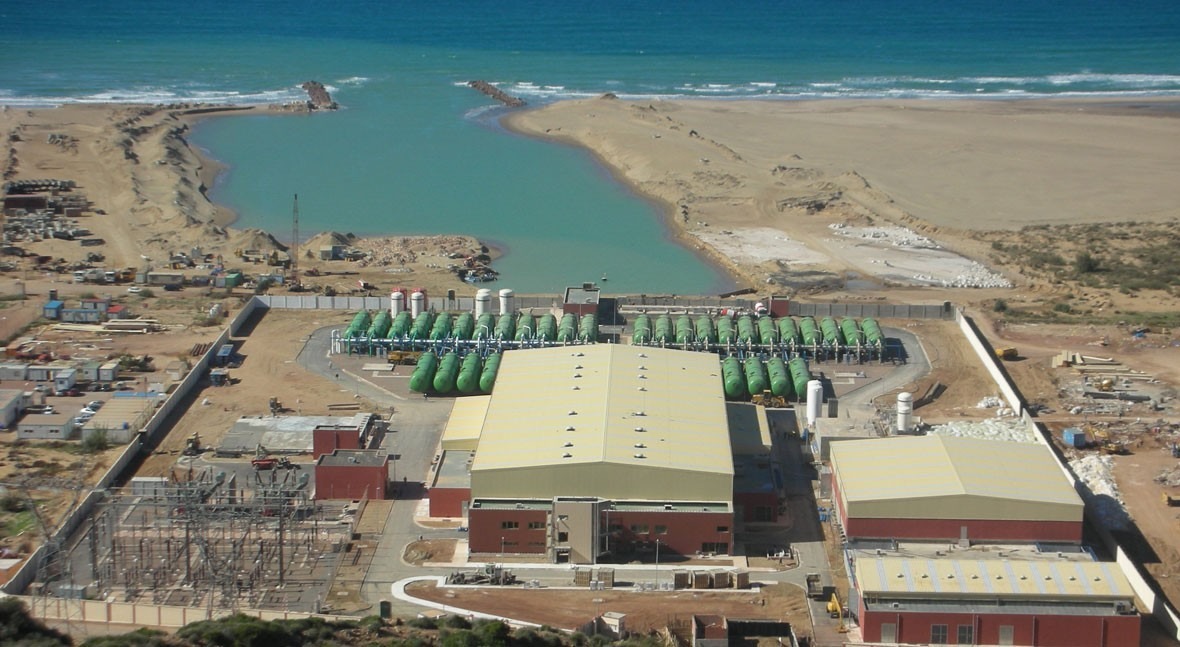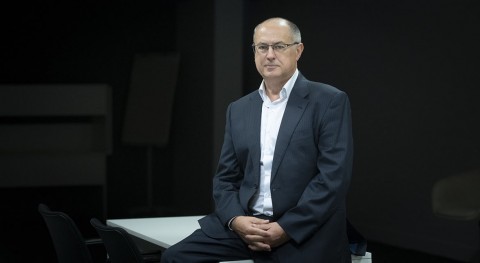In terms of research and development, water desalination has always been given a special focus. In recent years we have witnessed new processes and equipment which are already being implemented in desalination plants around the world. Moreover, studies around the world are progressing steadily.
For this reason, we have compiled the five research studies published over the last year which will contribute to modifying and improving, in the not too distant future, the way in which desalination processes are carried out.
A process developed by the Massachusetts Institute of Technology (MIT) could turn concentrated brine into useful chemicals, making desalination more efficient.

The École Polytechnique Fédérale de Lausanne has designed a machine that turns seawater into drinking water in a more environmentally friendly and economical way than existing systems.
Scientists working at the Berkeley Lab have hit on promising design rules for making so-called “thermally responsive” ionic liquids to separate water from salt, in an attempt to make desalination less expensive.

Researchers at Monash University have developed a technology that can deliver clean water to thousands of communities worldwide. This solar steam generation system produces clean water from salty (ocean) water with almost 100 per cent salt removal.

The University of Houston has designed a new oxygen evolution reaction catalyst that, combined with a hydrogen evolution reaction catalyst, achieved current densities capable of supporting industrial demands while requiring relatively low voltage to start seawater electrolysis.









